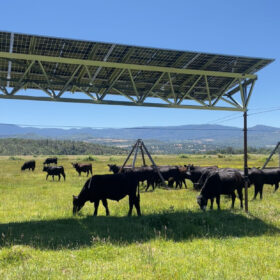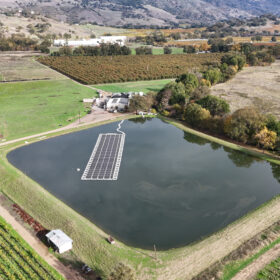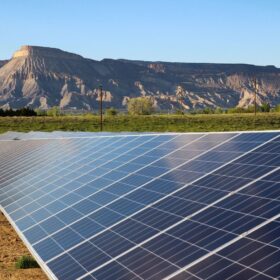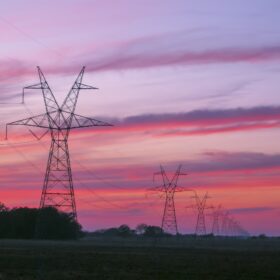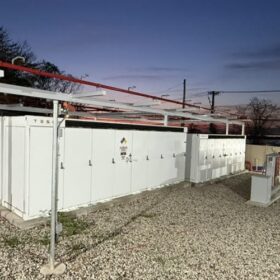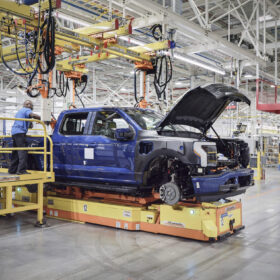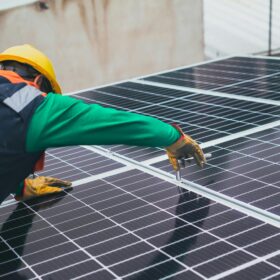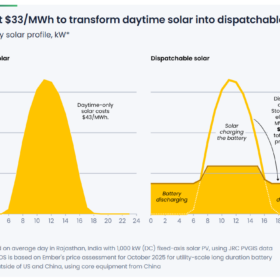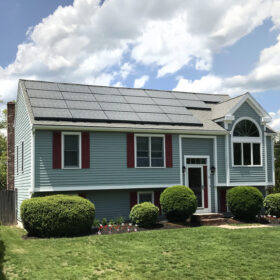RUTE SunTracker opening cattle grazing land to solar power
The company deploys first commercial tracking system with a 13-ft. clearance hardened against wind and beef.
California winery powers 100% of its operations with floating solar array
The Nelson Family Vineyards is expected to save $90,000 per year from electricity provided by its floating solar and rooftop arrays.
CleanCapital, Soltage, Pivot Energy close major financing deals
Capital continues to move in the solar industry, as three independent power producers closed deals combining for nearly $500 million.
Texas BESS: GridStor inks tolling agreement for 350 MWh project, Sunrun teams up with NRG Energy for low-cost home storage
GridStor, Sunrun, and NRG Energy are hoping their efforts in the Texas battery energy storage (BESS) market will provide flexibility for the strained Texas ERCOT grid by catering to energy demand.
After a five-month freeze, BLM finally advances a solar project
The U.S. Bureau of Land Management has approved changes to the 700 MW solar, 700 MW 2,800 MWh energy storage Libra Solar Project in Nevada, marking the first time it has advanced a solar project since July.
NineDot Energy enrolls 300 MW of community energy storage in New York
The New York Statewide Solar For All program aims to deliver $40 a month in bill savings via participating in distributed solar and energy storage programs across the state.
Ford axes Lightning EV Truck, pivots to $2 billion grid-scale storage manufacturing
Ford announced it will move on from its electric vehicle trucks, instead producing hybrid vehicles and manufacturing grid-scale energy storage for the rapidly growing datacenter market as well as an entry to residential energy storage.
RFQ alert: City of Austin seeks quotations for 111 solar installations
Austin, Texas seeks offers of design, engineering, installation, operations and maintenance and decommissioning of solar projects on municipal facilities.
U.S. Q3 energy storage deployment grows 31% year-over-year
Over 5.3 GW of energy storage was deployed in Q3 2025, said a report from Wood Mackenzie and the American Clean Power Association.
RFP Alert: CPS Energy seeks 500 MW of Texas battery storage
CPS Energy, which acts as sole provider of electricity in San Antonio, Texas, plans to have 1,000 MW of operational or contracted storage capacity following the completion of its latest request for proposal for an additional 500 MW of additional storage capacity.
